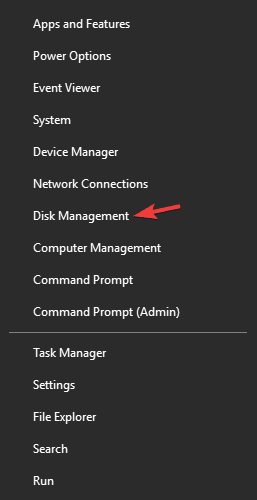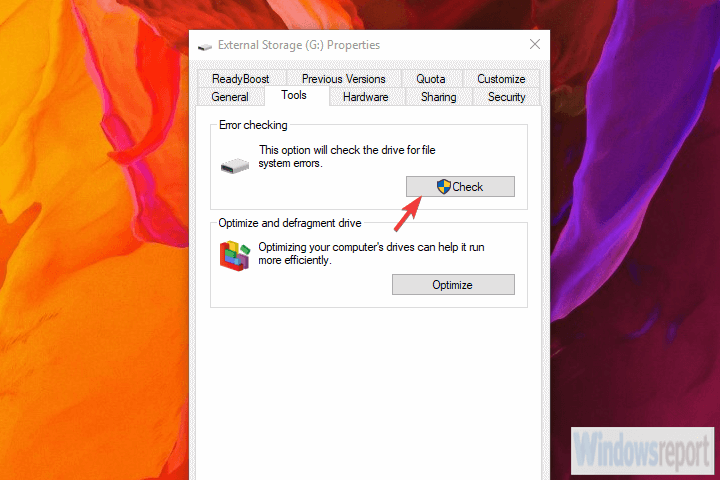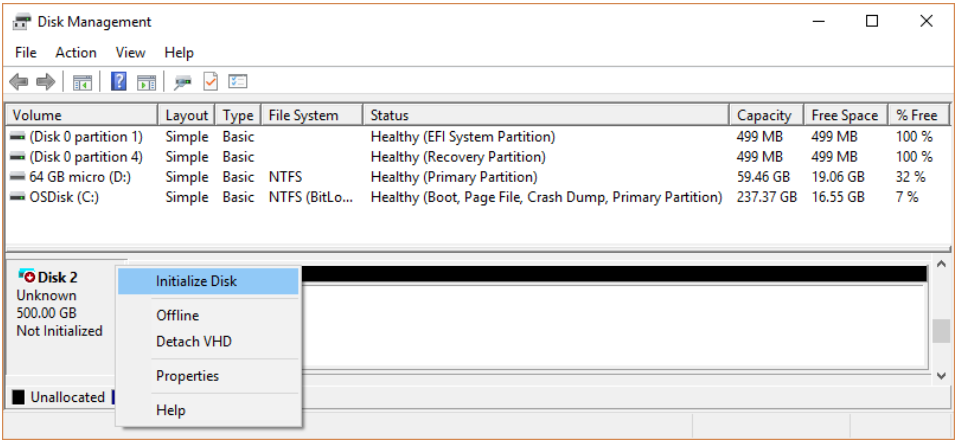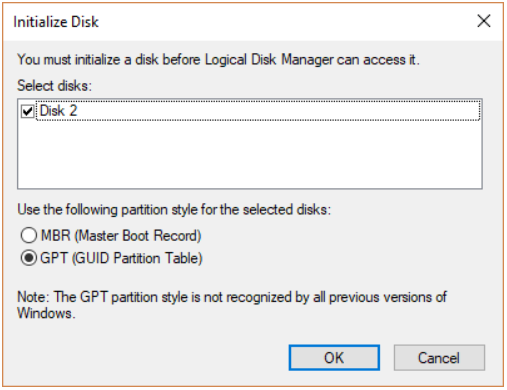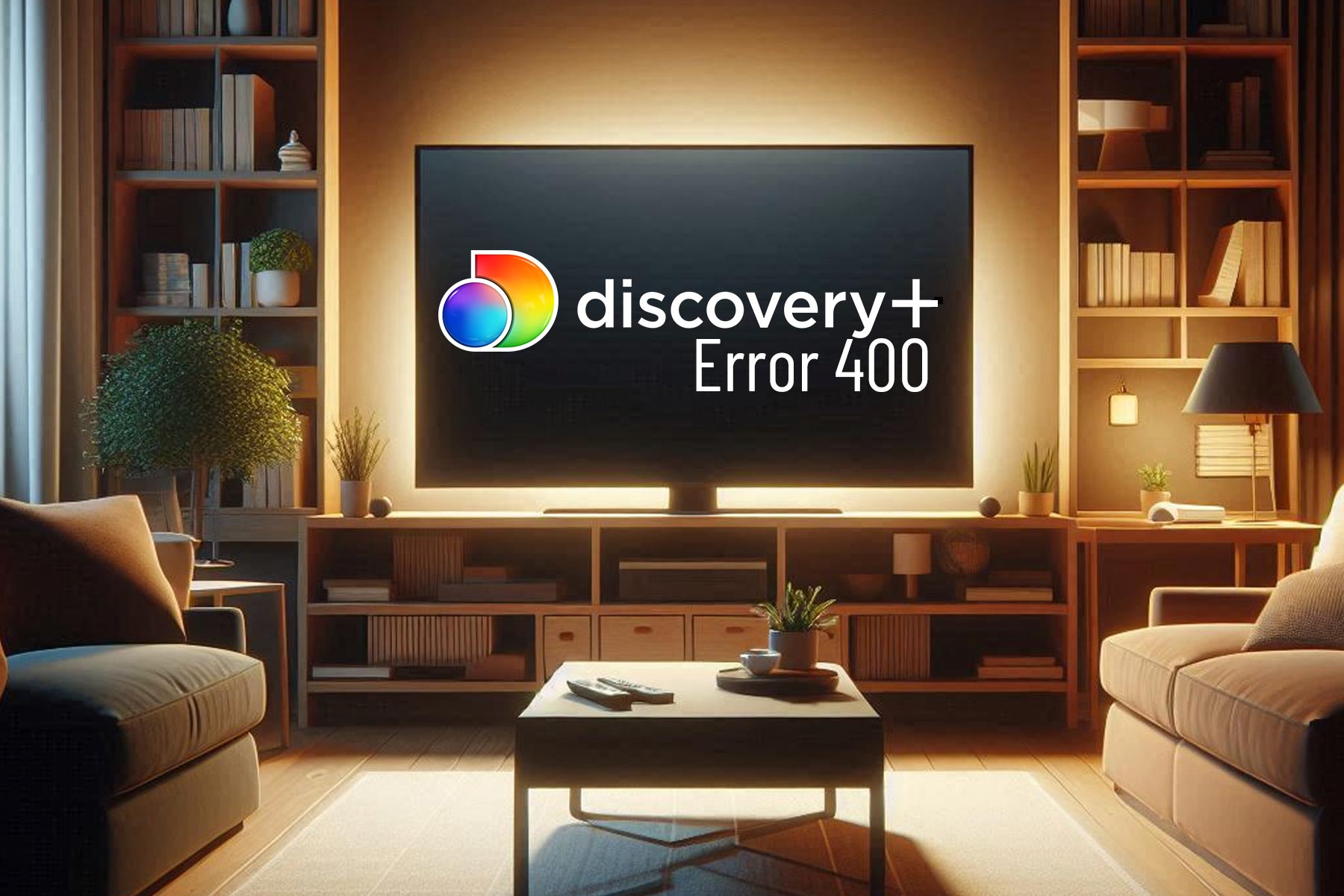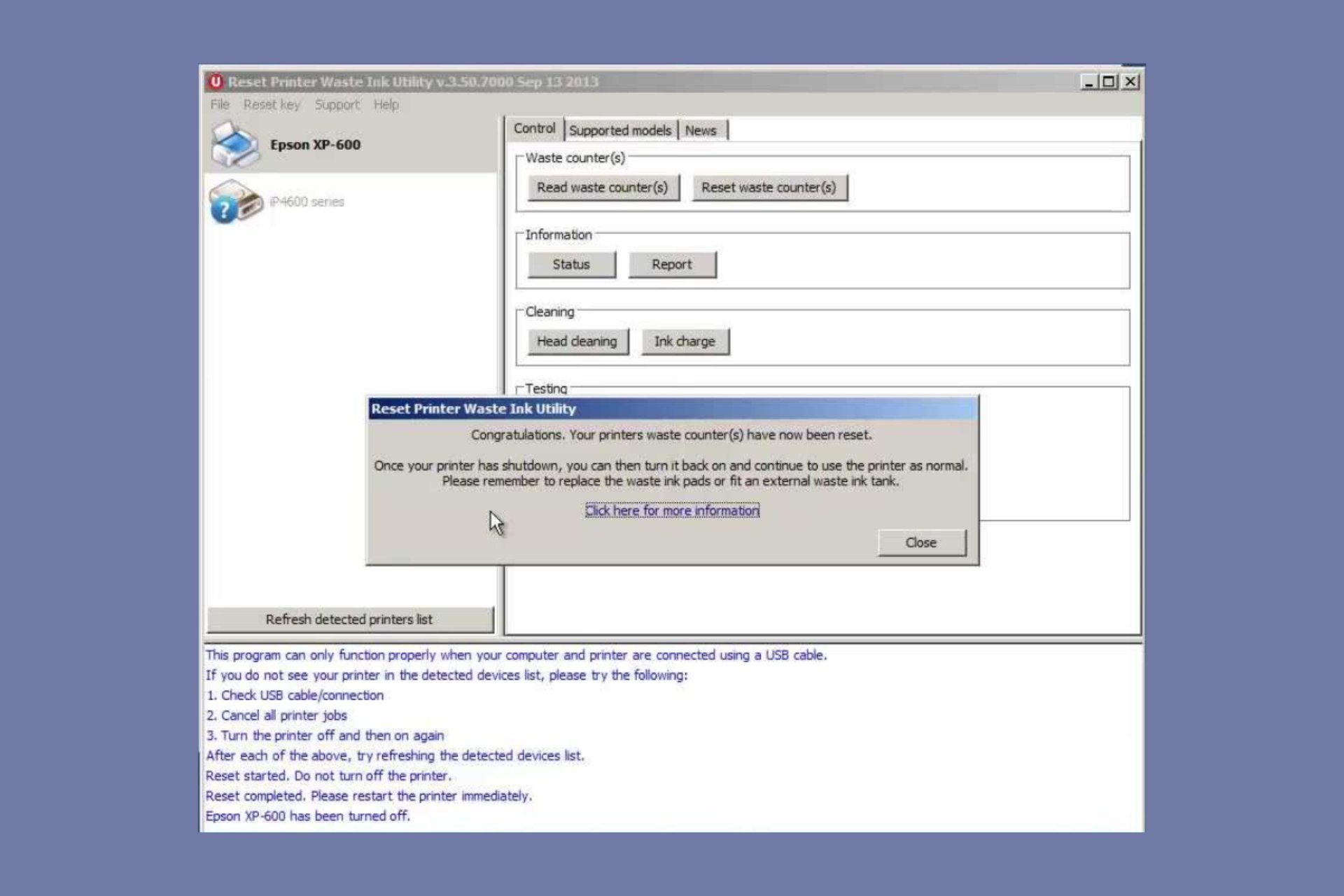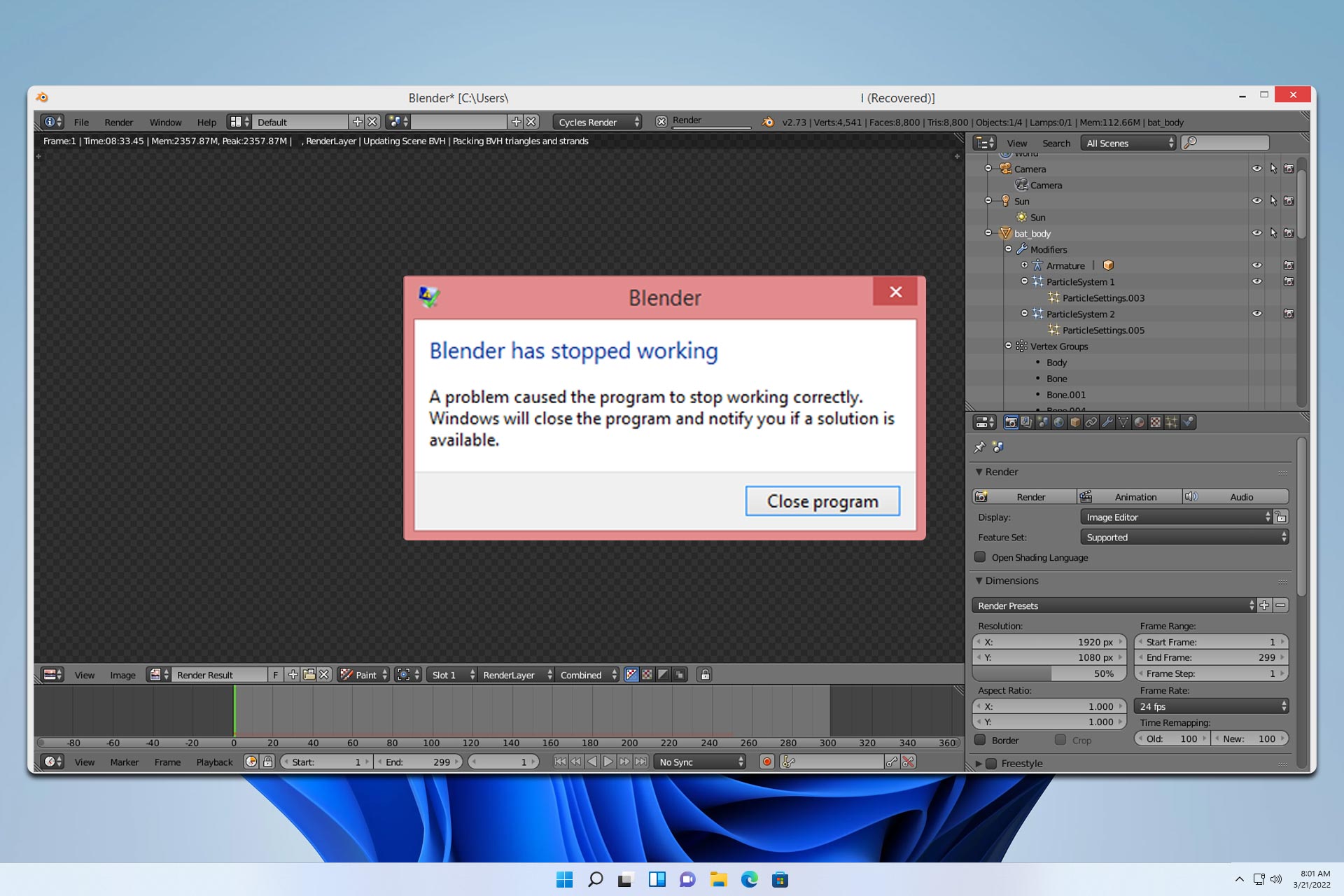Can’t Initialize Disk: 4 Ways to Fix or Force Your Drive
Check all the information in this article before proceding
7 min. read
Updated on
Read our disclosure page to find out how can you help Windows Report sustain the editorial team Read more
Key notes
- If you can’t initialize the disk, there might be a wrong setting or the drive has bad sectors.
- A new empty disk won’t initialize, you can simply format it, and then you can use it.
- Make sure to check the disk status if you can’t initialize the hard drive by reconnecting it.
- If no solution works and you cannot initialize the disk, it might be a serious hardware issue.
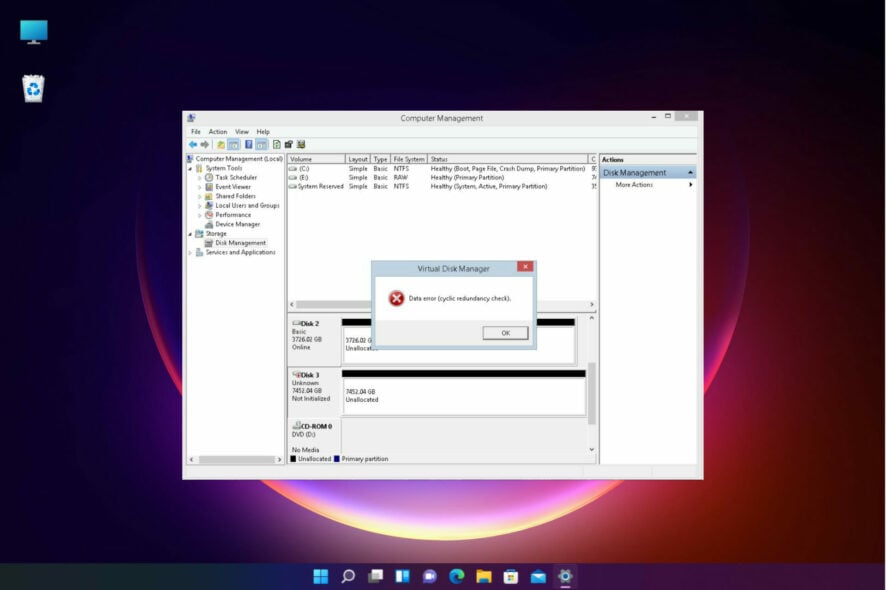
Issues with initializing a brand-new hard drive are easy to overcome by simply formatting it in GPT or MBR partition.
However, what to do if a once fully functional disk won’t initialize? Well, hardly anything. But, before surrendering and formatting the drive, there are some things we can try.
First of all, make sure you plug out all the memory cards and USB sticks from your PC or laptop.
If you can’t initialize the disk in Windows 10, try the steps below to solve the problem.
Why can’t I initialize my external hard drive?
Well, you should definitely know that the disk, not being initialized issue usually occurs unexpectedly in all the Windows versions out there, so you aren’t the only one experiencing it.
When it happens, your external hard drive may show unallocated space or nothing about the disk capacity in Disk Management.
As a result, you cannot open and access the data on this disk. We’re also about to show you the main causes that can lead to this unfortunate situation.
- Virus or Malware: A system infection can very well lead to such situations, so make sure you keep your device protected.
- Bad sectors: We all know that one of the most common reasons behind the failure of an external hard drive is the presence of bad sectors, which can cause read/write problems.
- Incorrect hardware usage: Even though many of us like to skip this step, it is highly recommended that before unplugging the storage device, you select the Safely Remove Hardware and Eject Media. Also, we advise that you do not remove the device in the middle of data transfer.
- Mechanical failure: Noticing clicking sounds inside the drive and seeing that your disk is freezing continuously is a clear sign of an internal mechanical failure causing the drive to malfunction.
- Power Cable/USB Port: We strongly recommend you check the USB port and the condition of your data cable before using the storage device, as your system’s BIOS will not detect the hard drive if there is a problem with the power cable.
How do I fix a disk that won’t initialize?
1. Make sure the disk is online
- Right-click on the Start button and choose Disk Management.
- Right-click on the uninitialized drive in the bottom left and choose Online from the contextual menu.
- Try accessing the drive.
Note: The first thing you need to do is confirm that the disk is online. Flash drives do not need to be set online while configuring, but that’s not the case for standard HDD drives. So, before doing something drastic, enable the drive using the steps above.
2. Run Disk test
If the disk still won’t initialize, consider running a disk test. You can use the system resources, but we prefer downloading and using a third-party diagnostic tool in this scenario. What we need to do is find out the drive is fully functional and without corruption.
Also, along with the software inspection, make sure that your cables are properly connected. In case this is an external drive with the portable case, take it out and reconnect it. After that, give it another try.
Software-wise, try with one of these programs to check for errors. The important thing is not to manually initialize the drive as this requires wiping all data. And if you have anything of value on that drive, wiping it probably not what you want.
3. Try fixing the drive
- Open Disk Management (as explained in the first solution).
- Right-click on the affected disk and open Properties.
- Choose Tools.
- Under the Error Checking section, click Check.
- The procedure might take some time depending on the size of the drive.
Note: If the drive is visible in Disk Management, you can try and repair it with the Error Checking tool. This might or might not work, as the drive might appear as Unknown.
4. Initialize the drive
- Open Disk Management.
- In the bottom left, click on the uninitialized disk and choose Initialize Disk from the contextual menu.
- Choose the partition style, GPT or MBR. This will wipe everything from the disk storage.
- Click Ok and try accessing the drive.
Note: Finally, if you’re unable to initialize the drive, the only thing you can do is format the drive and start from scratch.
Of course, before doing this, try some of the free or paid recovery software to get your data out of it. You can try one of these programs to do so but have in mind that you’ll hardly manage to get the 100% of the data.
What to do if I can’t initialize disk on Windows 11?
If you’ve upgraded to Windows 11, you probably discovered that apart from some new features and an improved design, the new OS is not much different from the old Windows 10.
And unfortunately, it inherited a lot of the issues from the old OS, including the problem where the system can’t initialize the disk.
Fortunately, having the same main core, all the solutions we presented above for Windows 10 will work on Windows 11 with small changes on the design part.

After fixing the problem with the disk in Windows 11, we also recommend opening the File Explorer app and performing a Disk Cleanup, as shown in our screenshot above.
That procedure not only will free some space on your drive but also get rid of some of the junk accumulated over time.
The above solutions will help you whenever you can’t initialize the hard drive in Windows 10 and 11 and we hope that now, the situation has been restored.
Should I initialize disk as MBR or GPT?
Before you decide which partition style to choose, you should first know what is the volume of your hard disk.
So, if it is smaller than 2TB, you might as well initialize it to MBR, as MBR disk supports at most 2TB per partition.
That being said, if it proves to be bigger than 2TB, you must initialize to GPT to ensure all of the disk space is usable, but you can’t always do it.
For that to happen, you must also ensure your motherboard with UEFI and your operating system support GPT.
Furthermore, Microsoft officially declared that Windows 11 system only supports UEFI if you use the Check for update feature to upgrade to Windows 11 from Windows 10, users will have to choose a GPT disk for the Win 11 upgrade.
Know that this error message can come in many forms, as we are about to show you right now:
- Can’t initialize disk Access Denied
- Can’t initialize disk Device not Ready
- Can’t initialize disk in Disk Management
- Can’t initialize disk I/O Device Error
- Can’t initialize disk Incorrect Function
- Can’t initialize disk Fatal Device Hardware error
- Can’t initialize Disk Cyclic Redundancy
How do I initialize a hard drive without losing data?
For you to successfully do this you must use some specialized hard drive recovery software that can not only perform common deleted file recovery, formatted data recovery, and RAW drive recovery but also recover data from inaccessible disks, like in this case.
If you’re still unable to initialize the disk, consider replacing it. The most likely reason for this is the hardware malfunction and it’s hard to fix it.
You might also be interested in our guide on what to do if the hard drive is missing after a Windows 10/11 update because it’s also a pretty common occurrence.
This is all you need to know in case you want to check the initialized disk without losing data, or if you can’t access it due to the disk being unknown, not initialized, or unallocated.
For any other questions or suggestions, we invite you to use our comments section below and tell us all about them.



